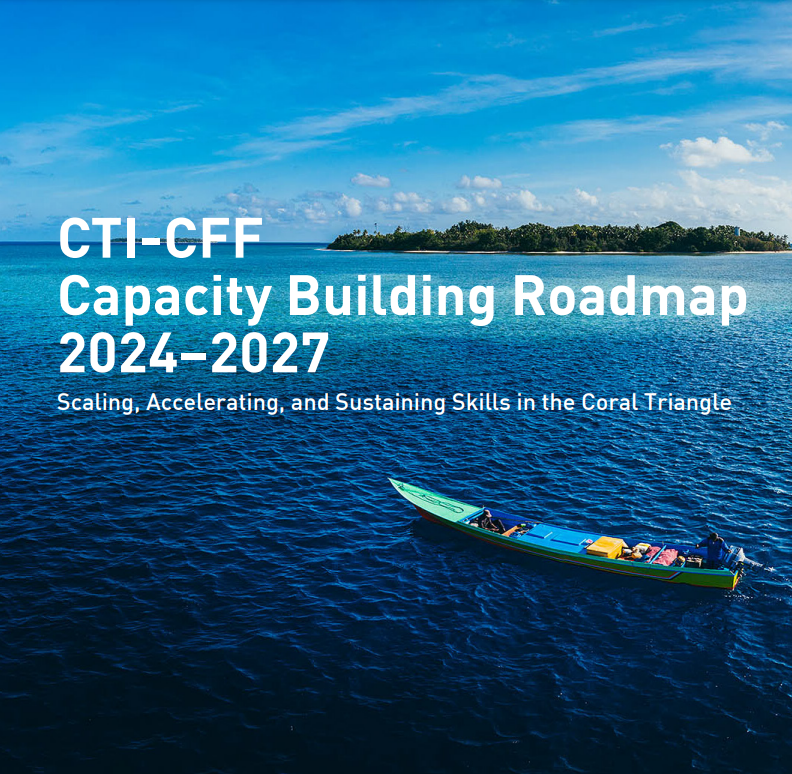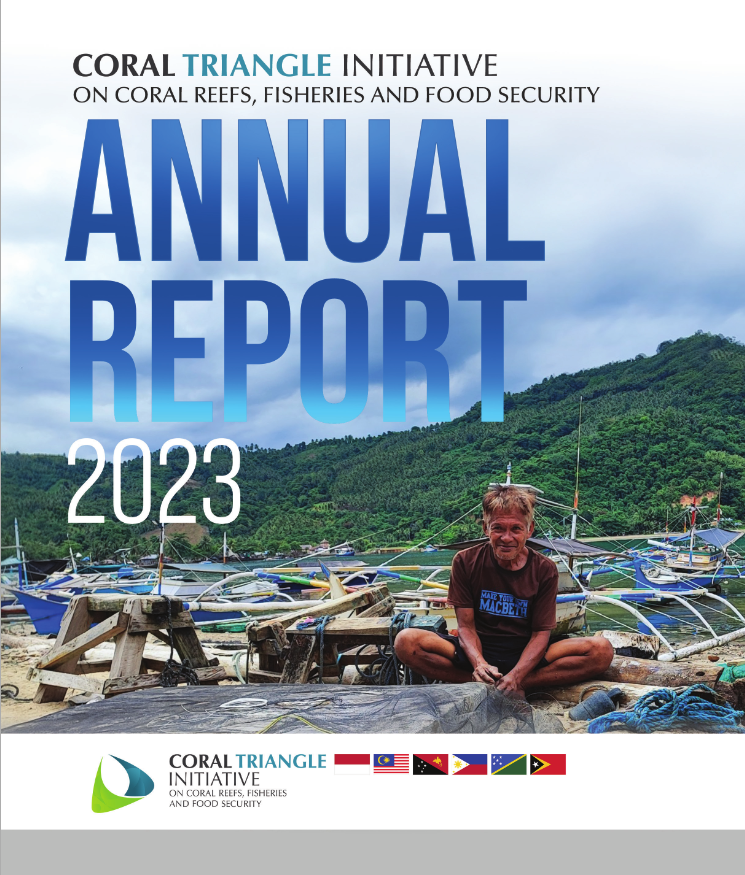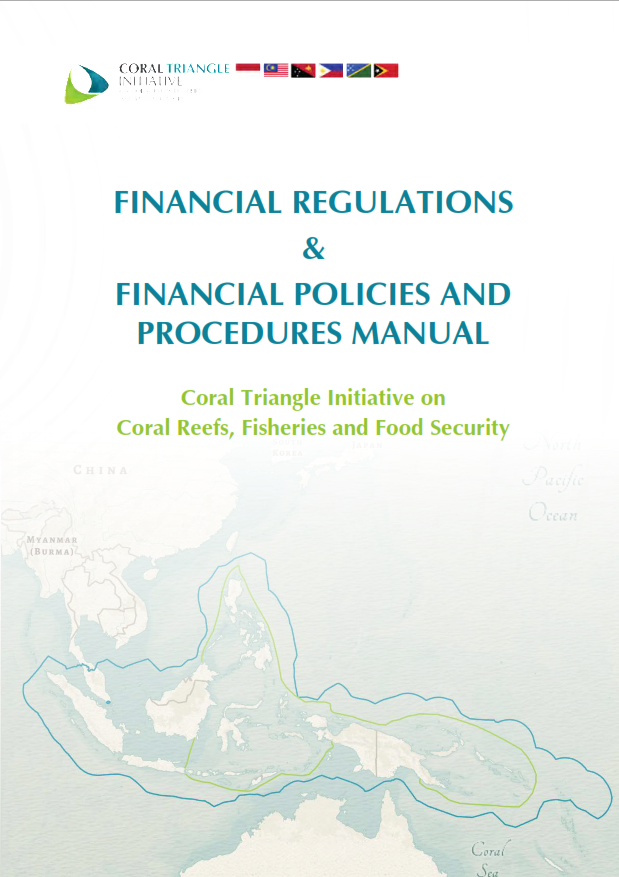The Coral Triangle – A New Geography For a New Age
By Nazir Foead
Source: Jakarta Post, October 7, 2013
The APEC Summit in Bali has gathered together an impressive selection of world leaders coming together to enhance economic collaboration around sustainable and equitable development.
This is to meet the needs of those increasingly affected by the impacts of climate change, loss of biodiversity and dwindling natural resources. The location for these critical deliberations illustrates the beauty and challenges that surround these intentions, as Bali sits at the base of the Coral Triangle region.
The Coral Triangle spans the seas of Indonesia, Malaysia, Papua New Guinea, the Philippines, the Solomon Islands and Timor-Leste — known collectively as the CT6.
Home to 75 percent of all known coral species and more than 3,000 species of reef fish and commercially valuable species such as tuna and sharks, the Coral Triangle is the world’s center of marine life. The confluence of the Pacific and Indian oceans and the South China Sea channels an exchange of nutrients that are vital to the Coral Triangle’s economic wealth — its abundant fisheries.
In 2007, the combined value of fisheries and aquaculture in the CT6 was estimated at US$11.7 billion and contributed 1.2 to the 6.8 percent of the six countries’ gross domestic product (GDP).
The live reef fish trade alone has an estimated value of more than $1 billion annually. The Coral Triangle also hosts four highly valued tuna species: blue fin, yellow fin, big-eye and skipjack, with waters producing approximately 40 percent of the world’s tuna market.
The region’s spectacular coral reefs and sandy beaches provide an ideal habitat for sea turtle nesting as well as tourism — an asset worth over $12 billion annually. Meanwhile, research indicates that the region’s marine organisms could provide cures for some serious diseases.
A recent Asia Development Bank (ADB) report estimates that some 4.9 million people work as fishermen across the CT6 countries. Between 2007 and 2009, seafood constituted approximately 20 percent of the animal protein consumed in Coral Triangle countries.
As fish comprise a higher percentage of protein for poorer people and with the population of the Pacific islands expected to increase by 50 percent by 2030, more fish will be needed.
Aquaculture is playing an increasingly important role and now accounts for some 13 percent of food fish production in the Coral Triangle. In Indonesia, production from aquaculture has increased 14-fold in just seven years. Aquaculture is also creating jobs across the region, and in Malaysia, women make up approximately 10 percent of the aquaculture workforce.
Unfortunately, the Coral Triangle’s coastal ecosystems are among the most threatened in the world. Overfishing, destructive fishing, pollution and impacts from ill-planned development, unsustainable tourism and climate change are taking a heavy toll.
Currently, only 2 to 5 percent of Coral Triangle waters are protected and even where marine protected areas exist, rules are often not enforced. Left unchecked, reefs will become rubble that will no longer sustain fish or coastal communities, attract tourists, or protect coastlines and coastal infrastructure. Cures for diseases may be destroyed before they are even discovered.
Addressing these threats across such a large area requires a high level of leadership with new approaches for sustainability, equitable economic development, job and food security.
In 2007, CT6 leaders boldly began creating a common platform for the sustainable management of marine resources, and in 2009, the Coral Triangle Initiative on Coral Reefs, Fisheries and Food Security (CTI-CFF) was launched.
The CTI-CFF Regional Plan of Action together with the National Plans of Action provide an effective platform for regional collaboration and national delivery of marine commitments made through various multilateral agreements including the UN Convention on Biological Diversity and the UN Conference on Sustainable Development.
The “Blue Economy” recognizes the ocean-related links between the private sector and sustainability. Responsible public private partnerships are needed in the seafood sector to redirect investments toward sustainability.
Through the CTI-CFF, governments have developed commonalities to derive more sustainable fisheries both for their populations and for exports. Recognizing that government policy changes alone are not enough to sustain fisheries and associated livelihoods, the CTI-CFF began organizing an annual Coral Triangle Regional Business Forum.
Over the last three years, these events have helped pave the way for multi-sector partnerships that cultivate sustainable growth across the region. Fishing companies, seafood retailers, financial institutions and tourism operators have publicly announced concrete steps to reduce their impact on the marine environment by adopting responsible business practices at this forum.
Climate change — rising sea levels, increased sea temperatures, acidification and storm frequency — is the greatest threat facing Coral Triangle countries.
To help communities across the region prepare and adapt to climate change, CTI-CFF experts have developed the Regional Early Action Plan (REAP) and the Local Early Action Plan (LEAP), two resources that set forth urgent and immediate actions that need to be taken across the Coral Triangle to address climate change impacts.
Addressing issues of poverty, biodiversity and climate change requires the adoption of innovative approaches based on ecosystem goods and services, an understanding of the links between poverty, environmental degradation, economic incentives and conservation behavior and conditions that will improve collaboration for resource management.
While incentives such as the Marine Stewardship Council (MSC) and Aquaculture Stewardship Council (ASC) certification may resonate in US and European markets, they are not as successful in the Coral Triangle where the majority of production is destined for domestic markets and consumer choice is largely influenced by price and availability.
There are currently too few incentives for industries and communities to sustainably source seafood. The CT6 are adopting policies and working with industry to develop and instill tools and practices that will ensure sustainability and ideally, eventually leading to certification.
In the tourist sector, certification programs are becoming valuable business assets, rewarding operations exhibiting better practices, differentiating them from those that are less environmentally sound, and providing consumers with a means to identify businesses they wish to support. A program in Bali is working to reduce energy use in large hotels with simple and affordable technology.
There are already a wealth of technical solutions and knowledge across the Coral Triangle that address unsustainable use and move toward a “green/blue economy” that will allow us to live within the limits of our planet.
We need strong leadership, initiative and vision to secure a sustainable future for future generations. The CTI-CFF provides a significant platform for getting us there. Ratification of the CTI-CFF by its member governments is key to illustrating to the people of the CT region and international community that these countries are serious about ensuring economic development stays within the limits of what already degraded oceans can provide, and that that they are also serious about restoring and protecting the health of our ocean ecosystems.
APEC leaders are expected to take a long-term view of international collaboration for economic development.
The writer is conservation director of the Worldwide Fund for Nature (WWF) Indonesia.
Follow this link to the original article in the Jakarta Post.



